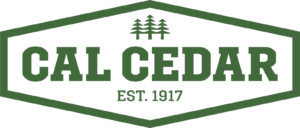Pencils: Popular in Any Language
Yesterday I came accross the following post “¿Cómo se meten las minas en los lápices de madera?” which answers just this question on the general interest Spanish language blog Ya está el listo que todo lo sabe (Here is the list of everything to know). The post includes a brief history of the development of the graphite pencil and a description of the pencil manufacturing process. This post as many other websites I have found over the years has liberally borrowed the photo from our How to Make A Pencil page on our Incense Cedar Institute Pencil Pages site on how pencils are made.
What I found most interesting about this post was the “commentarios” left by readers and in particular a long treatise on the wood used in pencils by Dr. Amio Cajander who provided a knowledgeable discussion of the use of Incense-cedar ,other pencil woods and even composite substitutes in his long comment in addition to describing some of the technical factors that make for a good pencil wood. He even generously noted my Timberlines blog as a resource for his information for those who wished to practice thier English. Additional comments indicated readers seemed generally interested in learning about how the pencil was made. This is not unlike my experience with reactions to my Timberlines posts and our feedback over many years from information provided on the Incense Cedar Institute Pencil Pages.
While my Spanish is just okay, I was able to make my way through this post relatively easily and it was good practice. So for those interested in testing their Spanish, practicar aqui.
Honestly, it’s nice to see that there is such interest in the manufacturing process and the pencil itself from all over. I would take the time to link to a few other foreign language sites on the topic of how pencils are made that I’ve found over the years, but unfortunately I never bothered to save any of those links. So if you’re visiting from another country and know of any such web pages in your native tongue please feel free to link to these in a comment to this post.











